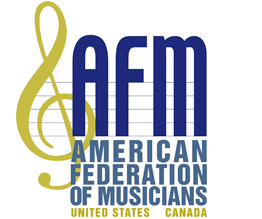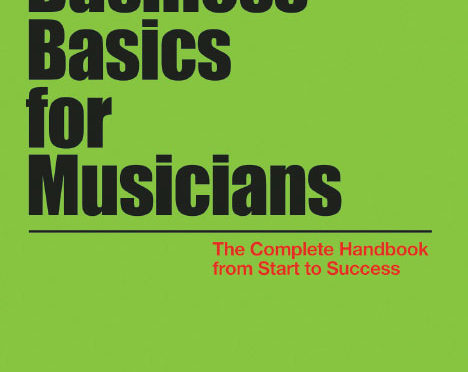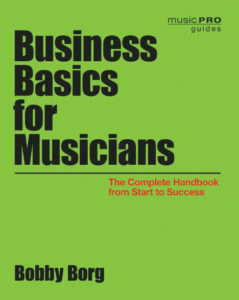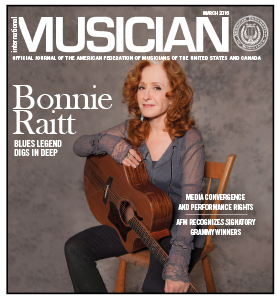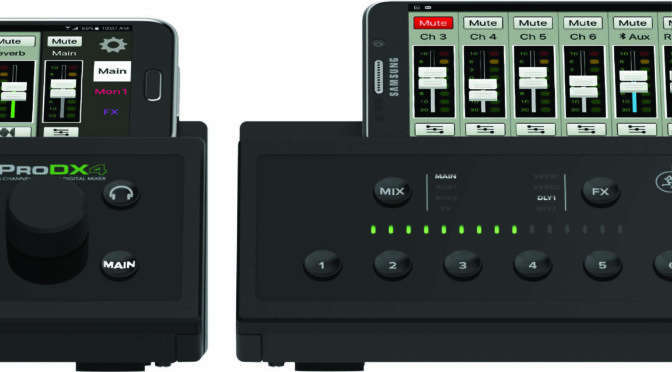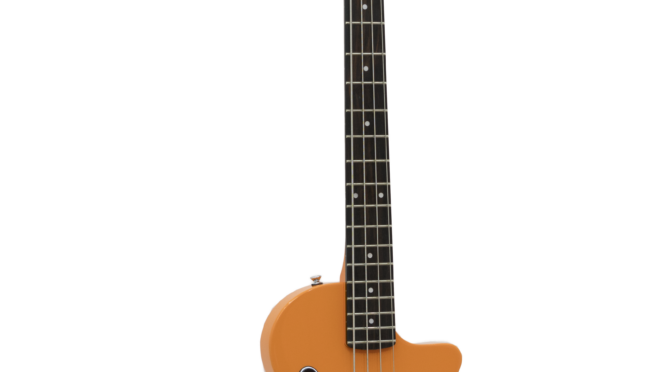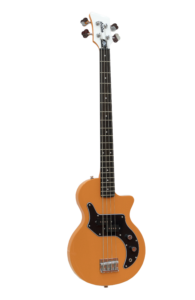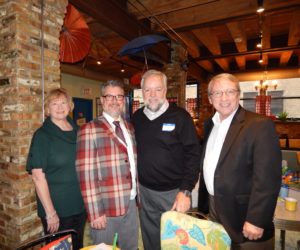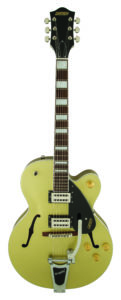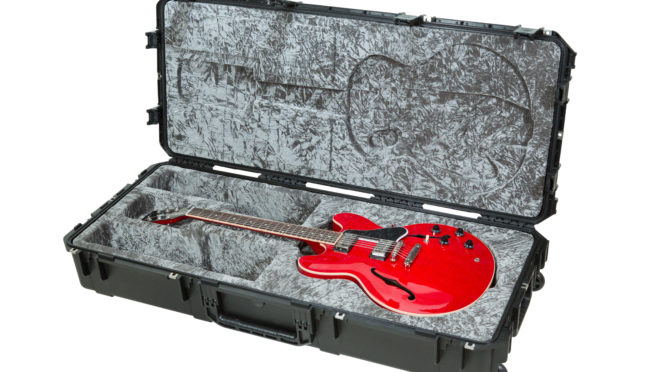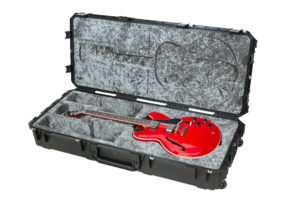In this five-part series, we will look briefly at AFM’s origins, its structure, its media agreements with industry employers, the historical challenges faced from the rise of technology, the current disruption of established media business models by digital new media, institutional stresses related to a new techno-economic paradigm, and opportunities for new money for AFM members from performance rights management.
The future of the Federation depends in part on its ability to bargain progressive and meaningful media agreements against a burgeoning background of web-based user generated content that has blurred the lines between broadcasting and other media across all elements of consumption. To understand what is happening now in music and media, let’s look to our past to remember who we are, where we came from, and what we did, in order to help us see where we go from here.
Origin and Structure
The American Federation of Musicians of the US and Canada, which operates in Canada as the Canadian Federation of Musicians, was not the first musicians’ union to exist in North America. It was preceded by the National League of Musicians (NLM), a loose confederation of 15 independent musician’s locals that began in1886 and grew to 79 locals with 9,000 total members by 1904.
An issue that developed early on was whether the unions should audition and enroll only the most proficient musicians into their ranks—the elitist approach—or whether to recruit into membership anyone who was working or intended to work as a professional musician—the labor union approach.
In 1896, Samuel Gompers asked the NLM to join the American Federation of Labor (AFL), which had also formed in 1886 and was organizing along the jurisdictions of the old craft guilds. The NLM, which was led by proponents of the elitist ideology, was not interested in the AFL’s all-in philosophy of let’s organize everything,
let’s get everybody in, let’s unite everybody who works or wants to work for money. AFL organizers reasoned that an elitist approach toward unionism would eventually create a cadre of willing and able replacement workers that employers would use to separate, disunify, and destroy the union. By working to involve and represent the entire workforce of a given craft, the AFL believed the opportunity existed to establish, maintain, and improve wages and working conditions with employers on an industry-wide basis.
The first AFM Convention, called and organized by Gompers, was held in Indianapolis, Indiana, in 1886, 130 years ago. Seventeen of the 26 AFL-chartered musicians’ locals in attendance were also locals of the National League of Musicians, demonstrating a startling show of interest from NLM locals who were in favor of the AFL’s labor organizing approach.
Owen Miller, a musician from Europe, was elected as the first AFM president and began to charter locals alongside those still entrenched in the old elitist NLM.
AFM Locals
Because the AFM was founded by existing local unions, the founders recognized the local union as the fundamental unit. Thus, our local unions have more autonomy than those with other national and international unions.
Most of us know that local officers and delegates to regional conference meetings and to the AFM Convention are elected by members of each local. Locals are responsible for organizing and negotiating contracts with local employers, locals set local wage scales and other conditions of local employment, and can also forward proposals and provide input to the Federation for all
AFM-negotiated agreements.
The AFM provides direct assistance to locals, and to regional and player conferences, through Federation field staff from our Symphonic, Electronic Media, and Touring and Booking divisions, and from our Organizing and Education Department.
Fundamentally, our locals are authorized to set standards, organize, and negotiate terms of employment for all live local engagements; for live, local-only radio and television broadcasts; and for local limited-pressing audio or audio/visual recordings.
Intermediate Bodies—the AFM Conferences
There are 12 state and regional local conferences, such as the Canadian Conference, the Illinois State Conference, the Western Conference, and others, where elected delegates from affiliated locals meet periodically to discuss items of mutual interest and concern. The meetings include reports by Federation officers and staff about current campaigns and policy matters, and discussion by delegates about important issues affecting their locals.
There are also five player conferences – three symphonic and two non-symphonic conferences. One non-symphonic conference deals with workplace concerns of recording musicians, and the other is focused on concerns of musicians who perform touring Broadway musicals. Player conferences meet annually. They are essential intermediate bodies that provide a forum for musicians from similar workplaces to share experiences; to identify, articulate and prioritize their needs; and to exchange information and ideas to support improvements for local and Federation agreements.
Symphonic conferences include the International Conference of Symphony and Opera Musicians (ICSOM), the Regional Orchestra Players Association (ROPA), and the Organization of Canadian Symphony Musicians (OCSM). There are 52 US ICSOM member orchestras with annual budget sizes of $5 million or higher. OCSM has 21 member orchestras in Canada of varying budget sizes, and there are 95 ROPA orchestras in the US with annual budgets ranging from $400,000 to $6.5 million.
Nonsymphonic player conferences include the Recording Musicians Association, which has chapters in Los Angeles, New York, and Nashville, and the Theater Musicians Association, which has 10 chapters in major US cities.
In nonconvention years, representatives from local and player conferences meet jointly with the AFM International Executive Board to debate and discuss items of mutual interest.
The Federation
Today, the AFM consists of 200 locals with 80,000 members in the US and Canada, and is staffed by 80 employees spread across four offices in North America—Federation headquarters in New York City, a Canadian Office in Toronto, a West Coast Office in Los Angeles, and a legislative office in Washington, DC.
AFM is administered by its International Officers, which comprise a nine-member International Executive Board (IEB)—International President and Vice President, Vice President from Canada, International Secretary-Treasurer, and five at-large Executive Committee members. Election of officers occurs at the AFM Convention.
The AFM Convention
The AFM’s triennial convention is the union’s highest decision-making body and is attended by elected delegates from locals and player conferences. AFM officers and staff preside over and manage the business of four daily sessions, which include workshops; committee meetings; as well as debate and delegate voting on policy resolutions, recommendations, and bylaw proposals submitted by delegates, locals, conferences, and the IEB. Elections for all international officers and delegates to the AFL-CIO Convention are held at each AFM Convention.
Next month, we’ll examine the drive to monetize media services, employer resistance, Federation media agreements, and internal union pressure to lower standards.
